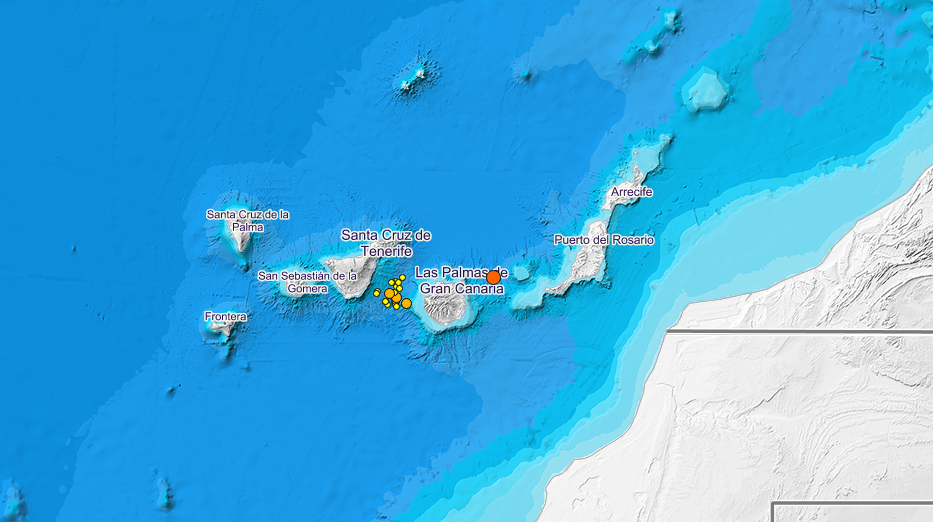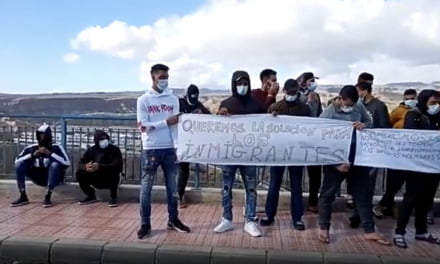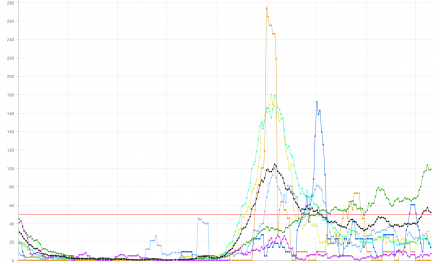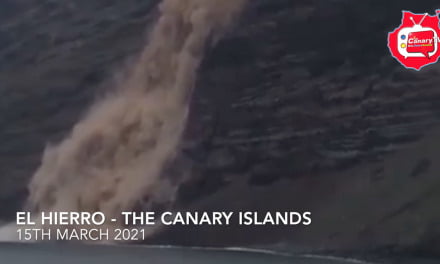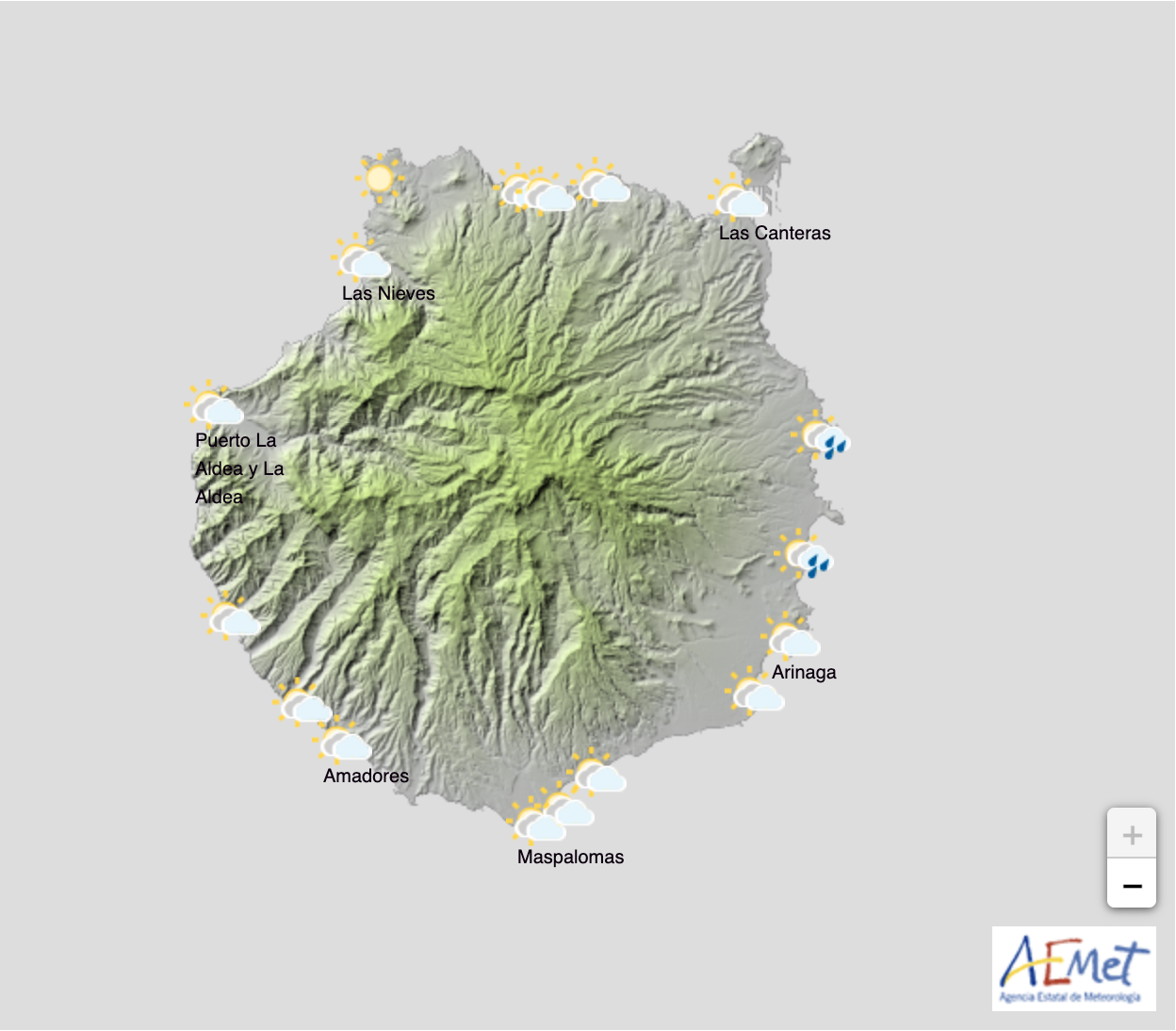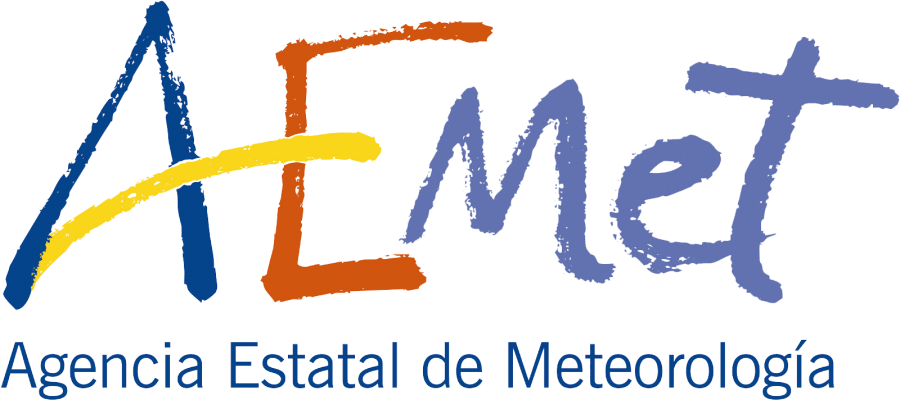According to the director of the National Seismic Network from Spain’s N ational Geographic Institute (IGN – Instituto Geográfico Nacional), Emilio Carreño, the majority of earthquakes registered in the Canary Islands are of tectonic origin, and “are not usually associated with volcanology” or the volcanic activity that originally formed the archipelago, he said “it is not unusual”.
ational Geographic Institute (IGN – Instituto Geográfico Nacional), Emilio Carreño, the majority of earthquakes registered in the Canary Islands are of tectonic origin, and “are not usually associated with volcanology” or the volcanic activity that originally formed the archipelago, he said “it is not unusual”.
“Right now in the Peninsula there are quite a few places at which these series are being observed, it is common during any single month to register between 100 and 600 earthquakes in areas like in the Jódar area, or in Jaén, which can experience between 400 and 500 at the same time” he stressed.
Carreño pointed out that all earthquakes are reviewed, especially those in the Canary Islands because “the situation of the islands makes precision in locating the source more difficult”, and he finished by saying that the reviews are done both by the Seismic Network and from within the Volcanology Group.

